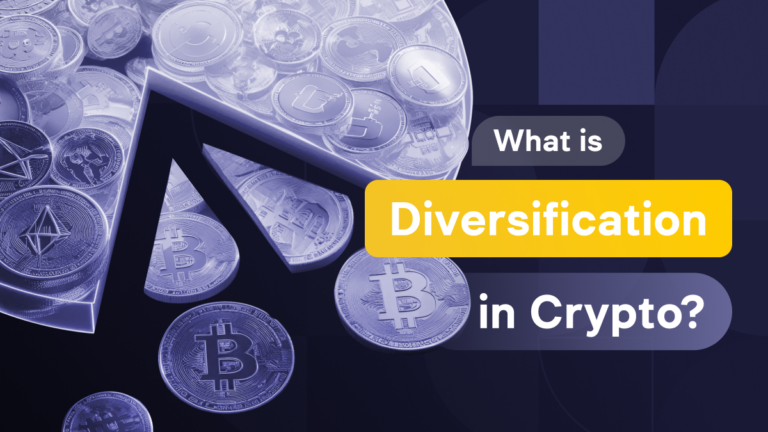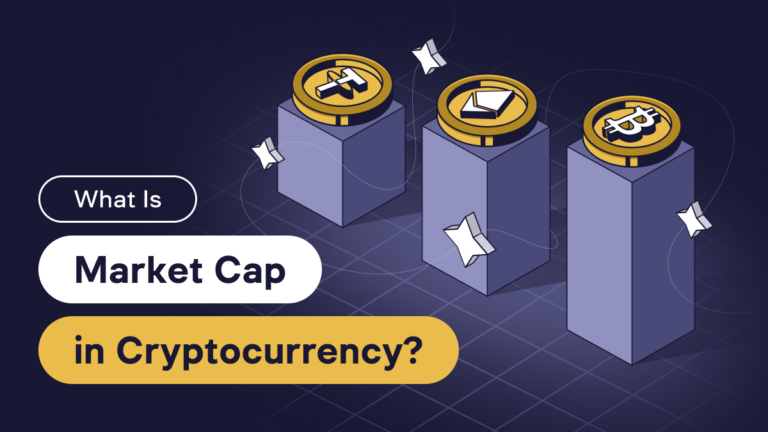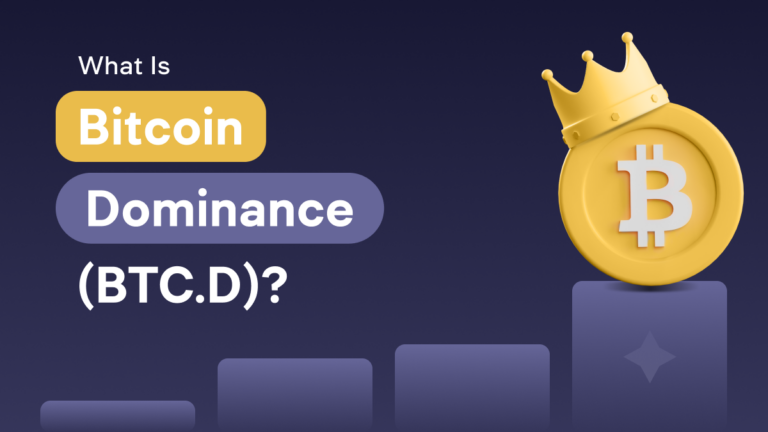Ways to make money on the DeFi market

Content
2020 ended with good news for crypto enthusiasts. The industry is in its maturing stage, and the attention of institutions and large funds only confirms this. The last year should be called the year of DeFi because the decentralized finance market capitalization has grown by more than 2000% in just 365 days. At the same time, many experts think that we have witnessed the start of the global financial system transformation, and 2021 will be even more successful for DeFi.
But it’s no secret to anyone that entering the market before its peak can lead to greater profits. Decentralized finance provides many ways of relatively passive earning. Let’s discuss the main ones.
Margin lending
Or passive participating in leveraged trading on the DEX (decentralized exchange).
By opting for DEX, which supports margin trading, users can lend their money as a loan to traders. Profit consists of the percentage of trades made by traders with credit funds. The advantage of making money when providing funds for margin trading is that there are no risks since the trader doesn’t use only the loan money. He will enter a position with his own money. The decentralized exchange protocol will automatically return your funds with interest already earned, even if the trader made a mistake and suffered losses. This means that only the trader is at risk in this scenario. But at the same time, the investor cannot be sure of the final amount of his earnings since the interest also depends on the transactions’ size.
P2P lending
It should be noted that many DeFi projects are based on smart contracts, which provide an opportunity for some market players to place deposits and others to take loans in digital assets. P2P lending is different because the user blocks part of his funds on the project’s smart contract wallet at interest, that is, becomes a member of the credit pool.
Let’s consider this approach from the return of investments’ side. It ranks first in the DeFi market since the lender is guaranteed to return his money thanks to an automatic liquidation procedure.
Liquidity supply
At the heart of many decentralized projects’ protocols are liquidity pools, which consist of tokens locked in a smart contract.
Liquidity providers are an integral part of such a system, and they are rewarded for their participation in it.
By participating in the supply of liquidity to WhiteSwap, the provider has the opportunity to receive a 0,3% commission on all transactions in proportion to his share in the pool.
Providing liquidity for transactions, the DeFi protocol or dApp pays a reward for the placement of funds in the tokens, and the profit’s amount depends directly on the direction’s success in which liquidity is attracted.
However, it should be borne in mind that a drop in project activity will also affect the investor’s income. At the same time, modern protocols are interested in their reputation and at any time can close and return the deposit to the investor if a drop is noticed.
Staking
All users of decentralized solutions have come across the term “staking”, and many even make money on it. This method’s essence is that your assets are blocked in your wallet for a certain period of time and form your stake in the general pool of fixed coins. This increases the demand because there are fewer coins in circulation, and the project receives operating support.
Liquidity mining
Or profitable farming. By choosing this method, you will receive the project’s native tokens due to any activity in the decentralized app. For example, making a deposit, or taking a loan, participating in a vote, or providing liquidity to the exchange.
WhiteBIT gives you a chance to enter the DeFi market by becoming a user of the decentralized automated market maker protocol on Ethereum — WhiteSwap. The platform has a WSE management token, which can also be achieved by mining liquidity.









